In the hot season, you can often see such a phenomenon like engine overheating. Some motorists mistakenly believe that it is to blame for this exclusively the weather and to solve the problem you only need to cool the motor manually. It is for this reason that in summer, the engines of cars very often fail as a result of overheating caused by the leakage of antifreeze. Depending on how quickly antifreeze is leaving, the driver is becoming closer to the cheapest repair of the superheated motor. Therefore, the breakdown should not be waited, it is necessary to start the problem as quickly as possible as soon as possible as soon as you noticed the first signs of its appearance.
Content
Antifreeze, why need antifreeze
Antifreeze is a coolant, which is poured into the engine cooling system of the vehicle.

Undoubtedly, its importance is great. It circulates between the system and the radiator, thereby helping to withdraw too much heat, whatever the engine would fail due to overheating. Antifreeze is an ideal fluid for such a cooling function, since it is not capable of freezing into the tall frosts, which means that the engine walls do not break. Antifreeze call all fluids that do not freeze at low temperatures.
The cooling fluid motor system is needed anyway, even when heating the motor, when it must not be cooled, but, on the contrary, heat. The engine cooling system is designed in such a way that the antifreeze is constantly circulating through it using a special pump - pump.
Engine cooling system, how to recognize a malfunction
The most frequent breakage of the cooling system is the leakage of coolant, that is, antifreeze that protects the motor from overheating and significantly increases the efficiency of its operation. In addition, antifreeze makes it possible to save on a merry.
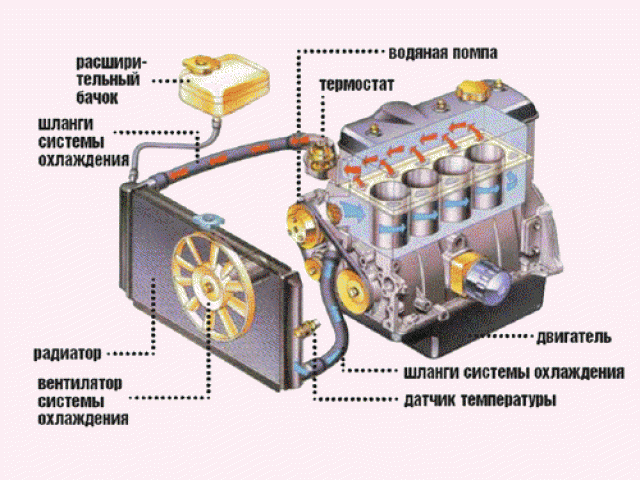
The vehicle engine functions the most productive manner in a particular segment of temperatures. If the temperature of the motor exceeds its valid parameters, you can see such signs:
- Pillars pair from under the hood.
- White smoke from the muffler.
- The stove in the cabin cools the air, and does not heal.
- The instrument panel receives a signal overheating signal.
- The thermometer arrow reaches the maximum value.
You can see a few signs immediately, or you can - only one, but in any case you need to turn off the vehicle ignition as soon as possible.
Leak antifreeze, why antifreeze is leaving
There are several reasons why cooling fluid goes:

- The coolant has one feature - in the cold season, it decreases in volume, so its stocks must be replenished more often.
- Antifreeze is able to leak through the cracks and slots in the lid or tank. This problem is not easy to detect, as the slots are actually invisible and remind of ordinary scratches.
- The coolant leakage can occur as a result of damage to tubes or hoses, depressurize compounds, as well as due to the leakage of the thermostat gasket.
- This problem can be found if the heating radiator is broken.
- Another reason for evaporation of antifreeze is to get into the motor oil.
Antifreeze leakage detection methods
Among the current causes of the coolant leakage in your car are those that can be eliminated with their own hands, but there are those that in any case require professional intervention. I propose to consider them in more detail.
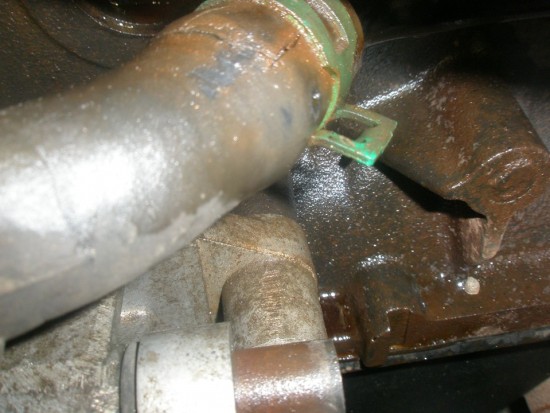
Many drivers are wondering where the cooling fluid goes in the winter season. In frosts antifreeze and actually reduces in volume and should be addressed to the tank more often. It does not fix it, although some drivers mix the cooling fluid with water than they try to reduce its consumption. It is categorically prohibited to do this, because water is capable of freezing, which will entail a breakdown of both individual elements and the entire motor in general.
It is worth saying that if the tank or cover is faulty, then the antifreeze does not flow, but simply evaporates. To avoid excessive cooling fluid consumption, see if there is scratches or cracks on the tank. You can eliminate breakage by replacing the lid or tank.
Diagnose antifreeze leakage due to damage to system connections is quite easy. You only need to put a piece of cardboard on the vehicle for the night. If you have found stains on it in the morning, then thermostat, tubes, hoses and places where they are connected to the radiator should be inspecting.

Initially, it is necessary to check the rubber nozzles, as it is easier to get to them and easier to change. The appearance of cracks on them occurs as a result of the rapid aging of the material due to the constant effects of high temperatures. As a rule, the coolant is seeping through them drops and does not lead to strong leaks.
It is very important to inspect the nozzles from all sides, as cracks can be located in any, even in the most hard-to-reach place. In addition, it is worth reminding that before working with the engine cooling system, you must give the car to cool, in order not to get burns.
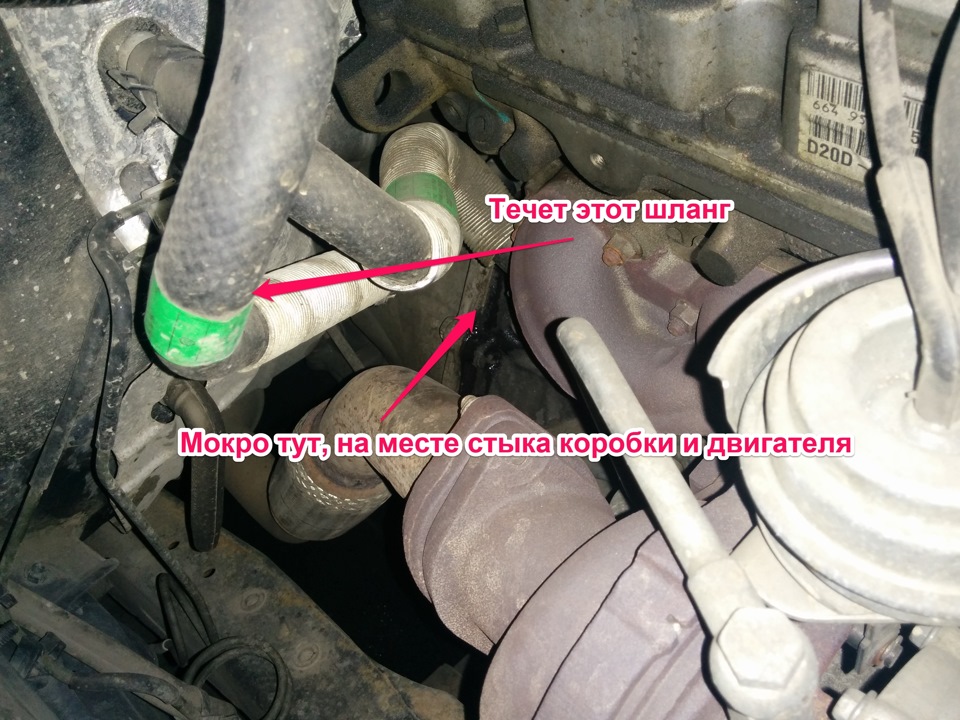
If everything is in order with rubber nozzles, you need to check how the connections are tightened. In the cooling system of the motor of the vehicle, the nozzles are attached to the fitters with the help of clamps - they must be tightened.
Now it is necessary to check the pump, since quite often antifreeze proceeds as a result of the wear of its gland seal. In this case, it is necessary to replace the pump and preferably if it does a professional.
Radiator flows, your actions
This problem can be found quite often and indicates that it constantly doves the windshield and oily stains near the front passenger chair.
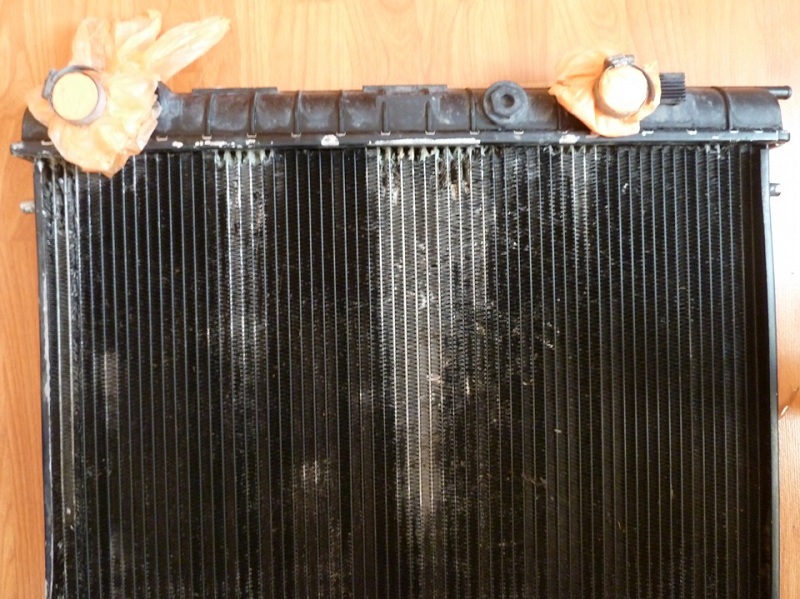
It is not recommended to repair the radiator yourself, as you can drive more harm, rather than use.
Pier the gasket of the GBC, what is the threat and how to discover the breakdown
As a result of the occurrence of cracks in the metal of the cylinder block or wear of the gasket, the GBC antifreeze can fall into oil channels.
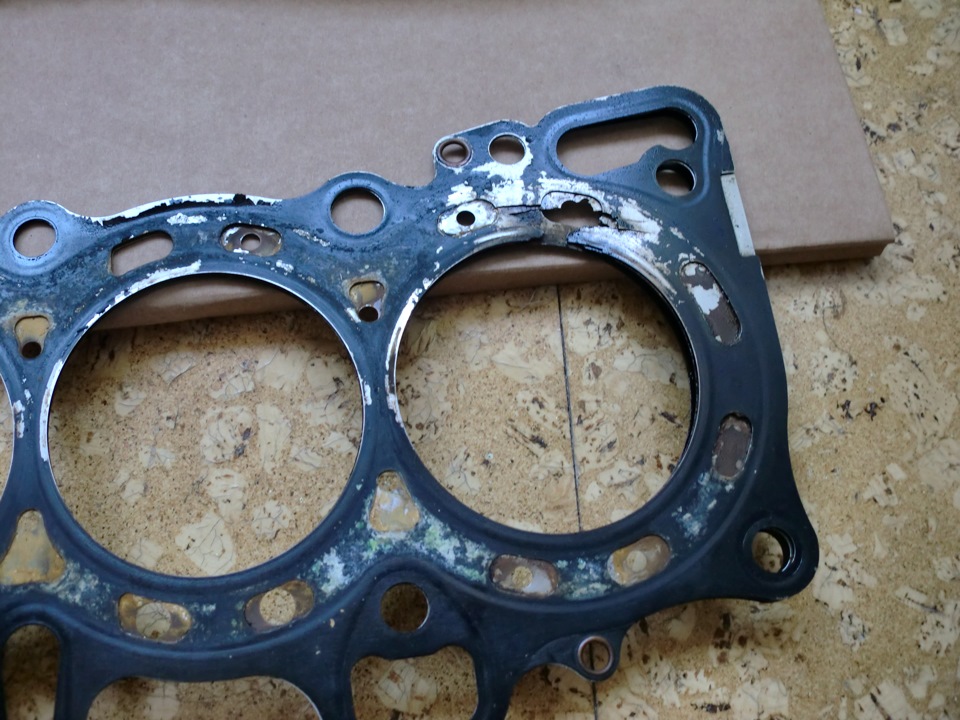
This problem is quite serious, since when mixing, the oil and antifreeze creates a foaming fluid that has low lubricant properties.
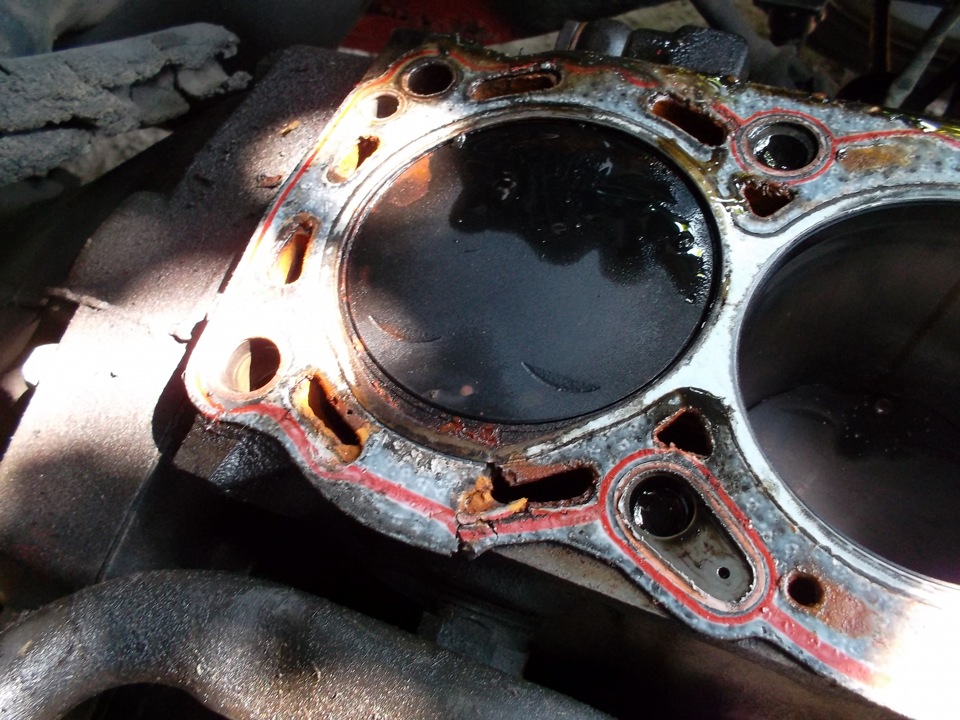
As a result, the friction increases, which is why the motor can jam.
To detect this malfunction, you need to check engine oil. If there is a white foam, contact a hundred.
Related Materials
- Stove 2110, bad warm stove 2110, VAZ 2110 heating system, repairing the heating system VAZ 2110 with their own hands
- VAZ 2114 stove blows with cold air, stove 2114, bad warm stove VAZ 2114, device and repair of heating VAZ 2114 do-it-yourself, removing the stove VAZ 2114
- How to subdominize the car. How to put a jack. Types of jacks for cars.
- VAZ 2109 Fuse Block, VAZ 2109 Fuse Block Carburetor, VAZ 2109 Fuse Block Injector, Old VAZ 2109 Fuse Block, VAZ 2109 Fuse Block, VAZ Fuse Block 2109
- Car exhaust gas catalyst, faulty catalyst, pluses and cons of the catalyst, how to change the catalyst for the planeencitel
- Stove blowing cold air VAZ 2114, badly blowing the stove VAZ 2114, why badly blowing the stove VAZ 2114
- How to find out the owner of the car by the number of his car, check the car by the number of the traffic police machine, check the car by the state number of the car for free
- How to choose Used tires, Useful Tips
- Winter car road, pressure in passenger car tires in winter, good battery for the car in winter, whether to warm the car in winter
- In winter, the car is poorly started. How to make a car in winter, do you need to warm up the car in winter, useful tips
- Economy fuel consumption machines, the most economical car consumption
- Tires brands for passenger cars, labeling of car tire labeling, residual passenger car tire protector, how to pick a tire on a car brand, car tire tread pattern
- Working transmission operation, mechanical gearbox clutch work, driving with manual gearbox, useful tips
- Rear beam Peugeot 206 sedan, rear beam device Peugeot 206. Rear beam Peugeot 206 Malfunction, repair of the rear beam Peugeot 206
- Diesel fuel in winter, additive for diesel fuel in winter, how to choose the best diesel fuel
- Diesel winter does not start. How to start diesel in winter, heating diesel in winter.
- Japanese bridgestone tires, winter studded bridgestone tires, bridgestone tires brand
- Tire marking decoding for passenger cars, labeling wheels, how to choose the right tires on the disks
- Diesel engine in winter, launch of the diesel engine in winter, what oil to fill in a diesel engine in winter, useful tips
- LED backlight of the car, the backlight of the bottom of the car, the backlight of the legs in the car, the backlight in the door of the car, the backlight of the car is fine
- Recovered tires, bus tire, restored tire protector, can I use them
- Choose winter tires, which is a winter tires, which pressure in winter tires should be marked with winter tires, how to choose the right winter tires, the best winter tires 2019
- Steering rail rail, knock of steering rack, reasons for the knock and repair of the steering rack do it yourself
- Cameless car tires, a set for repair of tubeless tires, repair of the cannon-free tire do it yourself
- Russian tires, Russian tires Winter, Russian All-season tires, Voronezh AMTEL tires, Tires "Matador Omsk Tire", Kama-tires are world-class bus
- How to open a car without a key. Lost the key from the car what to do, the key from the car inside the car
- Silent tires, quiet winter tires, quiet studded bus, which tires to choose, overview tires
- Tires and safety, safety of the bus, why it is necessary to constantly monitor car tires
- Rules of safe driving of the car in the rain and slush, safe driving of the car for beginners
- Rust converter which is better for cars, rust converters to choose how to use rust transducer, professionals
- Polishing the body of the car do it yourself, how to choose a polishing paste, useful tips
- Engine durability, engine life, how to extend engine life
- Knock in the car. Knock when moving the car. What can knock in the car. How to determine the cause of the knock.
- ABS car, what is ABS car, ABS system malfunction, ABS diagnostics
- Overtaking a car when you can start overtaking a car, rules of traffic rules
- Fuel pump VAZ 2110, VAZ 2110 gas station scheme, VAZ 2110 fuel pump device, VAZ 2110 gas station repair,
- Automotive antennas for radio, automotive antenna device, car antenna do it yourself
- Front suspension Kalina, device front suspension Kalina, knock in front suspension Kalina, repair of front suspension Kalina
- Shock absorber Oil, best oil shock absorbers, pumping oil shock absorbers, how to properly pump oil shock absorber
- Clutch malfunctions, touches clutch, causes a clutch malfunction, how to eliminate

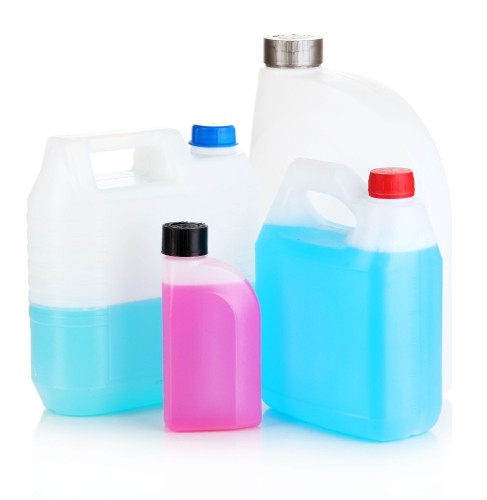
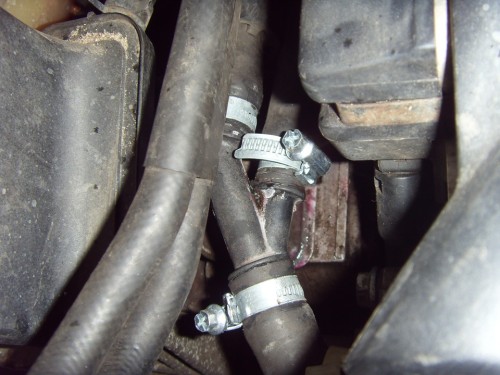
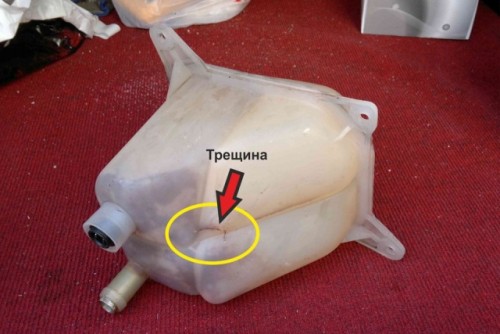






Comments